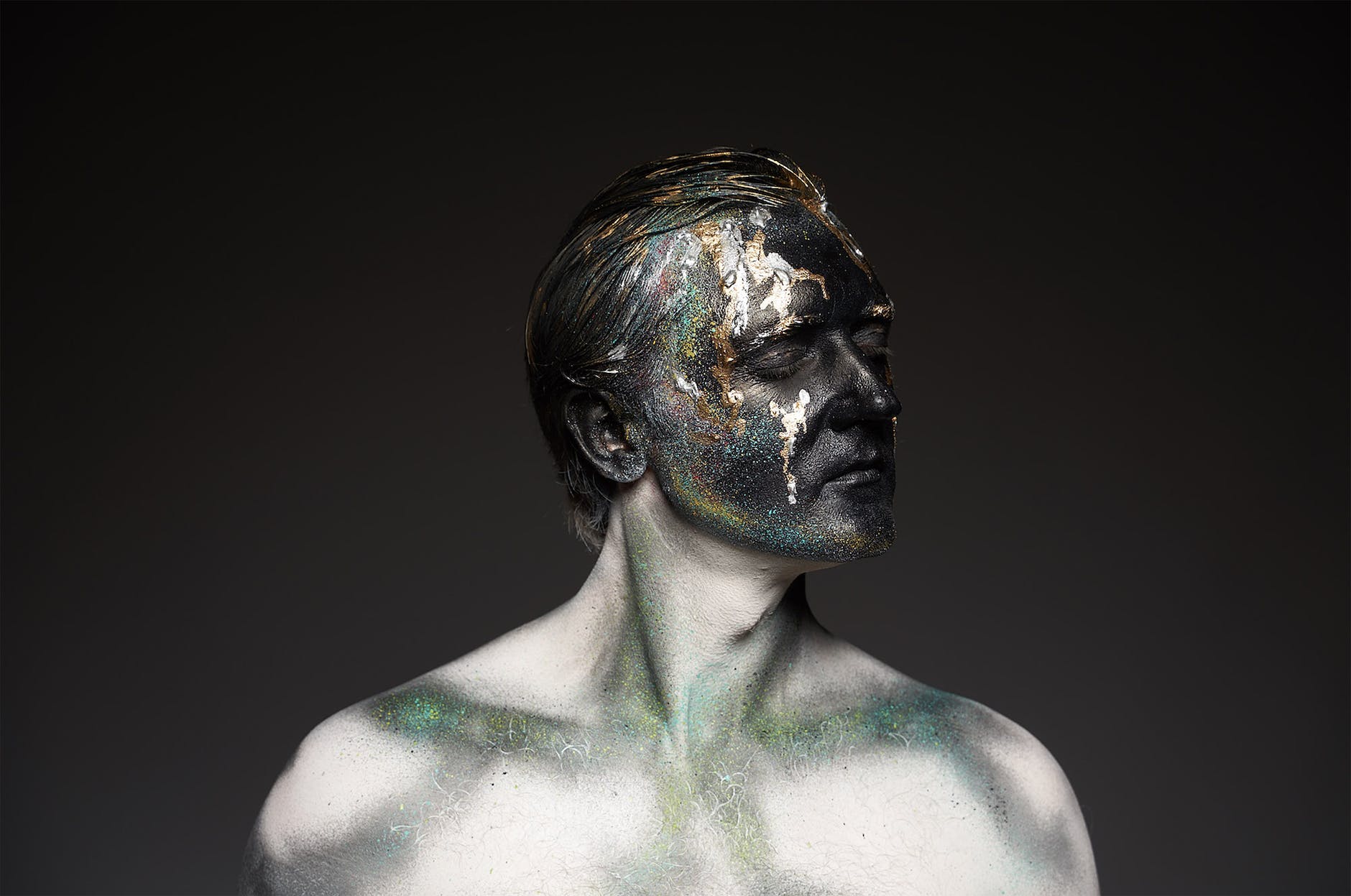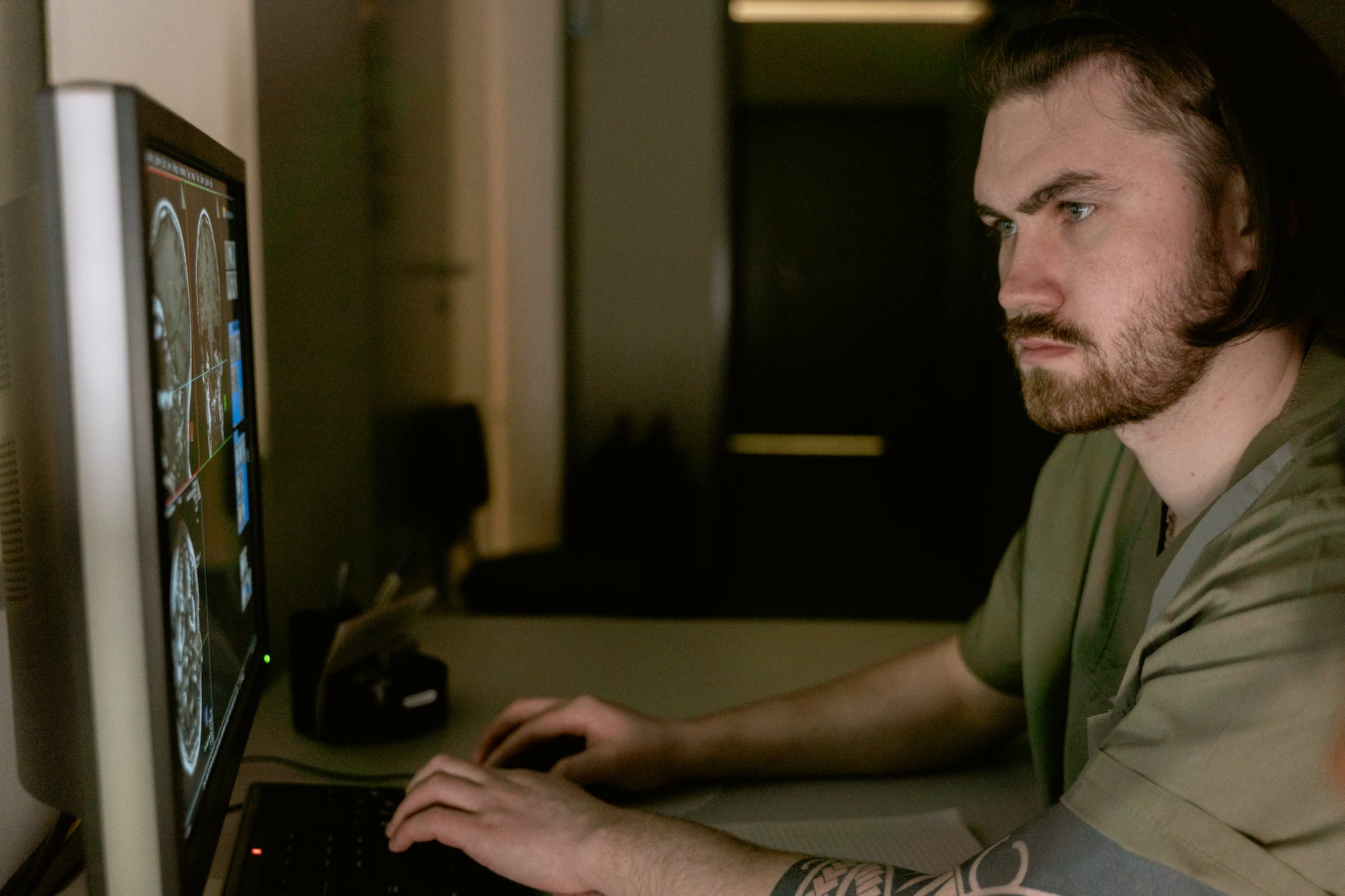In the kaleidoscope of consciousness, there’s an intriguing bridge where chemistry meets artistry, where imagination meets substance. Psychedelic substances have been used for millennia across cultures for various purposes—religious, sacred rites, therapeutic purposes, and creative inspiration. This piece explores the intersection between psychedelics and creativity, understanding how these mind-altering substances can foster artistic expression, facilitate the dive into deep flow states, inspire artistic exploration, and boost divergent thinking and creative problem-solving.
The connection between artistic expression and psychedelic substances is not new. Many artists and musicians have attributed their masterpiece creations to insights gained during profound, psychedelic experiences. The Beatles, for example, cited LSD as a significant influence on their music. But the question arises – How exactly do these substances trigger creative bursts?
Psychedelics, including LSD (Lysergic Acid Diethylamide) and psilocybin (Magic Mushrooms), primarily act on serotonin receptors in the brain. They bring about an altered state of consciousness characterized –in part- by an increased connectivity in the brain. According to a 2018 study, psychedelics enhance the exchange of information among brain networks that don’t typically interact. This hyper-connected brain state may enhance divergent thinking, a style of cognitive processing linked to creativity that involves generating many unique ideas.
Consider the concept of ‘flow states’, defined as the mental state in which a person is fully absorbed and energized by their activity, achieving maximum performance and feeling a sense of lost time. It’s an incredibly desirable state for artists, writers, or anyone seeking to tap into high-level creativity channels. Preliminary studies suggest psychedelics may help facilitate the entry into these coveted flow states.
Dr. James Fadiman, a researcher well-known for his studies on microdosing psychedelics, suggests that these substances could help cultivate creativity by enabling an open and broad focus. In a 2019 article in Nature, Fadiman discusses how microdosing might temporarily unlock a mind-set conducive to creative problem-solving.
However, the artistic exploration enabled by psychedelics is not constrained to the artistic field alone. By enabling novel connections between previously unrelated ideas and concepts, psychedelics can also enhance creativity in domains like tech innovation, scientific breakthrough, and more. Tim Ferriss, best-selling author, and entrepreneur is an active advocate of this perspective. He once said, “The entrepreneurs and inventors I know all rely on altered states for problem-solving and for creation of new ideas.”
But it’s essential to remember that while psychedelics may offer a key to the elaborate doors of creativity, they are not a panacea. Psychedelic experiences can be highly variable, influenced by various factors such as the substance dose, user’s mindset, and surroundings. Moreover, they can also lead to challenging experiences and are not without potential risks.
In recent years, a resurgence in psychedelic research enveloped neuroscience and psychology fields. Psychedelic substances are not merely agents for trips to cosmic consciousness but have immense therapeutic potential. Research around the creative potential of psychedelics is burgeoning and at a fascinating stage.
Creativity is a compelling, enigmatic force, and the current research landscape seems to recognize that. It’s a thrilling field to monitor, waiting to see if –and how- we can harness the power of psychedelics to unlock what’s hidden in the psyche, unfolding the stunning canvas of human creativity.
While these cognitive enhancers should not be seen as the blueprint for creativity, they nonetheless offer intriguing insights into the complex amalgam of neurochemistry and creative inspiration. As research progresses, we dive deeper into this fascinating intersection of mind, matter, and the realms of artistic exploration.
Sources:





